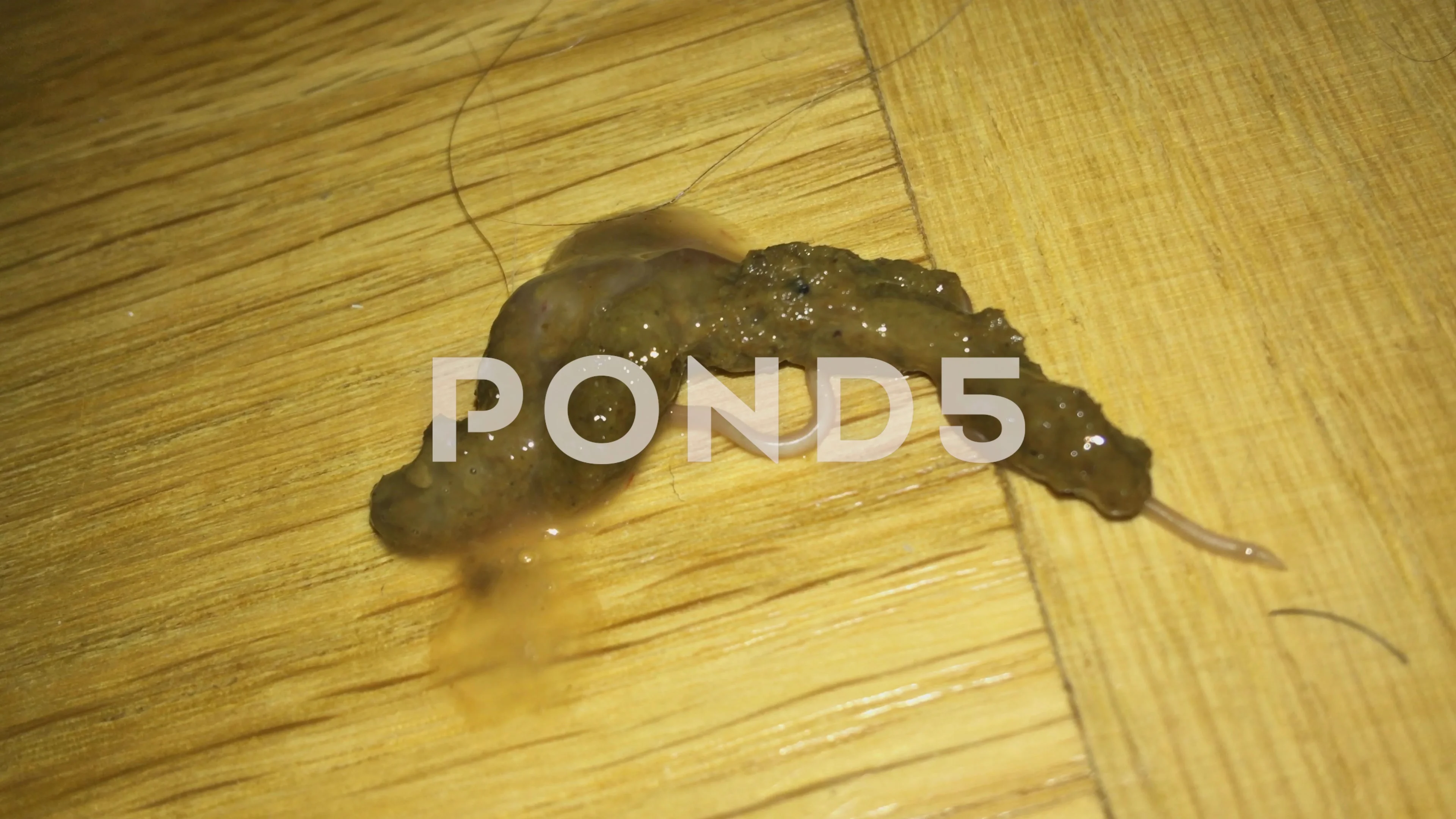Worms In Stool

The smelly truth is that it never hurts to check out your dog’s poop. In fact, what your dog’s poop looks like can tell you a lot about your pup’s overall health. And sometimes dog owners find worms in there. Don’t panic. While these parasites are harmful, they can be treated if you take your dog to the vet as soon as possible. Here’s the scoop on worms in dog poop!
Small white worms in stool are considered common occurrences in children but can also attack adult patients. These usually indicate parasitic worms in the intestines that can be removed or prevented by various procedures. Gethsemane valley. Most doctors will run a conventional stool test if they suspect a parasite. However, these are not as accurate as the comprehensive stool tests used in functional medicine. Conventional Ova (Egg) and Parasite Stool Test. Conventional stool tests can identify parasites or parasite eggs in your stool. Yet this test comes with many limitations.
What Do Worms Look Like in Dog Poop?
If you find worms in your dog’s stool, they are likely roundworms or tapeworms. While other types of worms can be present in dog poop, they are usually too small to be seen with the naked eye. Adult roundworms look like off-white or tan spaghetti in dog poop, and they can vary in size from small to rather large.
Tapeworms appear in segments in dog poop. They are off-white or tan in color and may also cling to your dogs fur around their genital area. Fresh segments will look white, approximately ¼-½ inch long. They could still wriggle, expand and contract. Dry segments will be a darker tan color and look like grains of rice or sesame seeds.
If you find either of these types of worms in dog poop, call your vet immediately!
Roundworms
A large percentage of kittens and puppies are born with tiny roundworms, called ascarid or larvae. These are passed down to the babies through their mother’s uterus. Larvae can also be transmitted to puppies and kittens through nursing in the mother’s milk.
Once the larvae are in the intestinal tract, they can grow up to five inches long and start shedding eggs. Those eggs then get passed in the animal’s stool. Any other creature that eats the poop can catch the roundworms. Roundworm eggs are surrounded by a hard shell so they can survive in soil for as long as years.

Animals with roundworms in their intestines frequently have poor growth and a swollen belly. You might be able to see the worms in dog poop or vomit. If left untreated, roundworms can cause death by blocking the intestines.
Tapeworms
Dogs and cats catch tapeworms by ingesting fleas that have eaten tapeworm eggs, or by eating another animal that is infested with tapeworms or fleas. Complete tapeworms that have not been broken up consist of a small head and several, itty-bitty repeating segments. These worms can be up to 4 to 6 inches in length in the intestine. A single tapeworm can have up to 90 segments and it is the last segment in the chain that is seen in the stool or attached to fur around the genitals.
Tapeworm is frequently easily diagnosed by just seeing the worm segments in the animal’s fur or feces. These segments also contain tapeworm eggs. Note that tapeworms can’t be killed by over-the-counter wormers. You’ll need a prescription from a veterinarian to treat a tapeworm.
Again, any time you see worms, segments or white flecks in your dog’s poop, contact your veterinarian. They can properly diagnose and treat your pet for whatever ails them.
